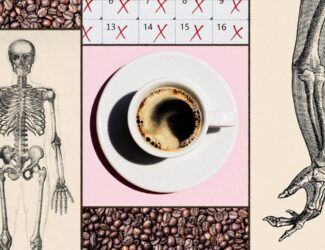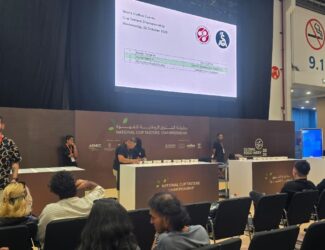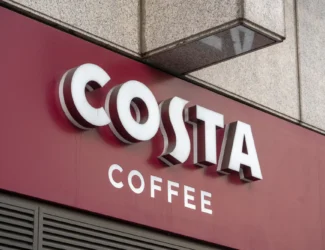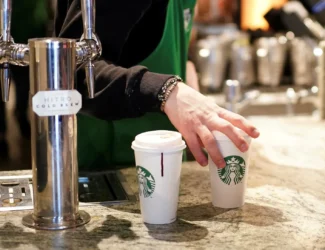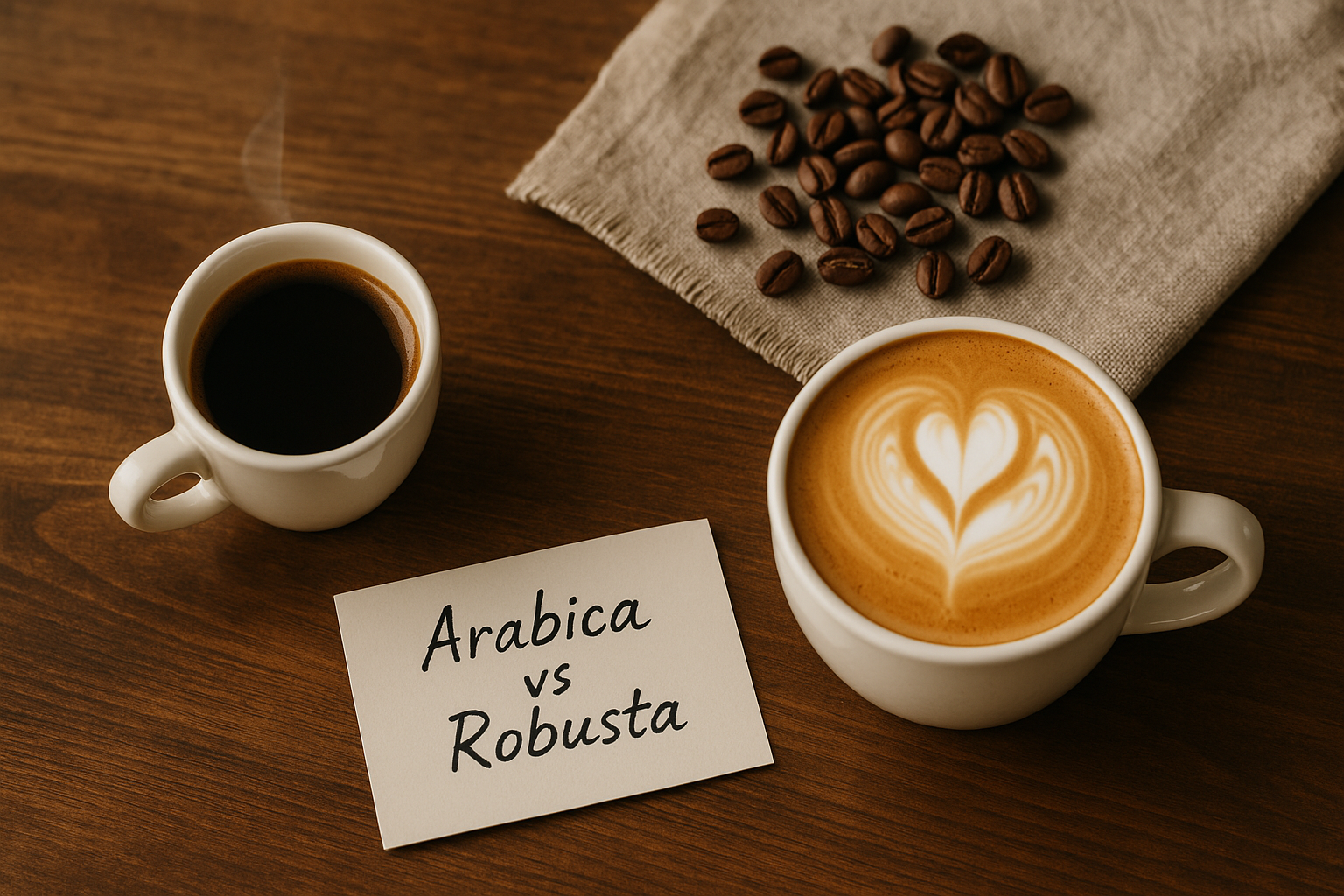
Arabica or Robusta? A Coffee Expert Shares How to Choose the Perfect Brew
From bitter espresso to caramel lattes — here’s how to find the coffee that truly suits you
For millions around the world, coffee isn’t just a beverage — it’s a daily ritual. Yet with so many styles, flavors, and roast profiles on the market, choosing the right coffee can be overwhelming. Should you reach for a rich Robusta blend or a smooth Arabica? Ground coffee or whole beans? And why does café-brewed coffee always taste better than homemade?
To help navigate these questions, coffee expert and café owner Irina Fedorova shares her insights into the nuances of flavor, brewing, and coffee culture.
Arabica vs. Robusta: What’s the Difference?
Arabica and Robusta are the two dominant coffee species used globally, but they differ significantly in taste and caffeine content. Arabica is known for its delicate acidity and subtle flavor notes, while Robusta offers a stronger, more bitter profile with twice as much caffeine.
Most store-bought ground coffee is a blend of 80% Arabica and 20% Robusta — a balanced choice for everyday drinking. Specialty cafés, however, typically serve 100% Arabica beans to highlight the origin’s unique taste characteristics. In contrast, many Western European consumers lean toward Robusta blends for their bold, chocolatey bitterness.
Buying Coffee at Home: What to Look For
When shopping for coffee beans, freshness matters. The ideal roast date is between one and two months prior to purchase. Coffee that is too freshly roasted may taste overly sharp, while beans roasted over six months ago lose aroma and complexity.
Fedorova recommends buying small portions — around 100 to 200 grams — and storing them in airtight containers. Once the package is opened, the beans begin to oxidize and absorb surrounding odors, diminishing quality.
Why Café Coffee Often Tastes Better
Even if you own a decent home espresso machine, you may find the taste lacking compared to professional baristas. That’s because most home machines don’t produce the pressure needed for full extraction of the coffee’s flavor compounds.
Still, there are great alternatives for home brewing: pour-over, Chemex, AeroPress, and even classic instant coffee — depending on your preference. Fedorova emphasizes that the roast level should match your brewing method:
-
Dark roast is best suited for espresso machines.
-
Light roast pairs well with pour-over and AeroPress.
-
Medium roast is a versatile choice for most methods.
Sweet, Trendy, or Surprising?
While cappuccino remains the world’s most popular coffee drink, preferences are increasingly diverse. Some café customers go for mint-infused espresso, while others follow trends like matcha lattes or decaf cold brews.
Fedorova’s café once served a “Dubai Chocolate Raf” made with pistachio cream and kataifi dough, and this year introduced a “beetle coffee” — a blend of chocolate espresso, cranberry-grape juice, and peach purée.
Rare Beans and Bold Experiments
Fedorova enjoys exploring beans from different regions. Some experiments are more memorable than impressive — such as Hawaiian coffee costing €360 per kilogram, which turned out to be underwhelming despite its rarity.
One of her most unusual tastings was Kopi Luwak — coffee made from beans eaten and excreted by civets. Produced in countries like Indonesia and Vietnam, this coffee is known for its nutty, earthy flavor. While not part of her daily routine, she considers it a once-in-a-lifetime experience.
Coffee-Producing Powerhouses
Brazil leads the world in coffee exports, followed closely by Ethiopia, which is famed for producing some of the highest-quality Arabica beans. Other major producers include Colombia, Ecuador, and Bolivia, whose tropical climates and rich soils contribute to ideal growing conditions. At the other end of the scale, countries like Yemen, Togo, and Bolivia produce much smaller quantities — but often with exceptional quality.
How Many Calories Are in Your Favorite Coffee Drink?
-
Cappuccino — 140 kcal
-
Latte — 180 kcal
-
Flat White — 140 kcal
-
Raf — 230 kcal
-
Mocha — 330 kcal
-
Caramel Macchiato — 430 kcal
Final Word
Whether you prefer a bitter espresso or a sweet latte with syrup, there’s no wrong way to enjoy coffee — only the way that makes you feel good. With a bit of knowledge and experimentation, anyone can find their ideal brew.
